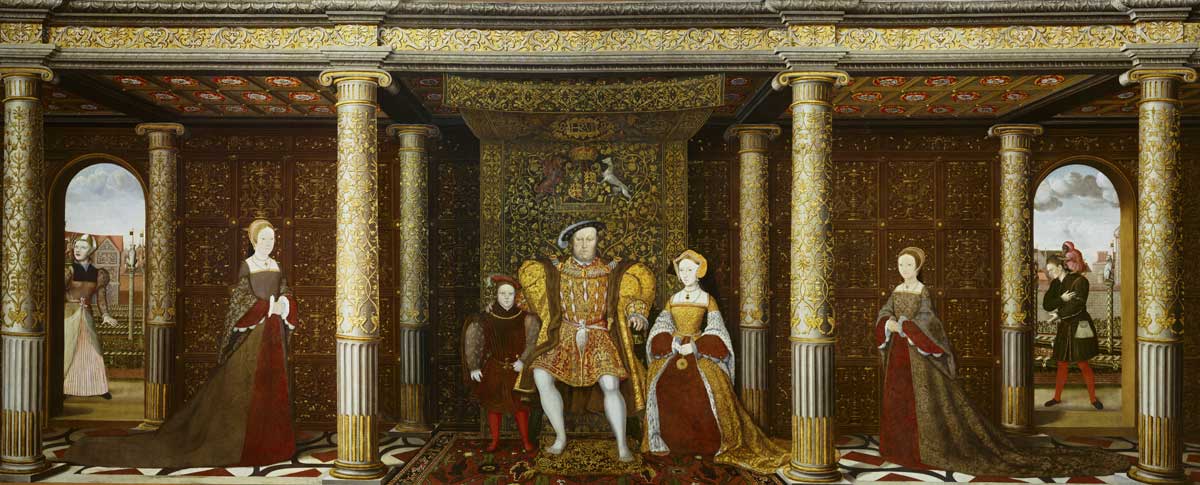Fools at Court
People with learning or physical disabilities occasionally had unique opportunities in Tudor society.

In the Tudor court disabled people were hidden in plain sight and are often forgotten in histories of the period. Thomas More, for example, had a disabled man, Henry Patenson, living with him like a son. Patenson is depicted in the Notley Priory painting of the More family and was treated as ‘Master Harry’, as though he were a member of the More family. It is thought that Patenson had a learning disability and was what the Tudors would have considered a ‘natural fool’.
